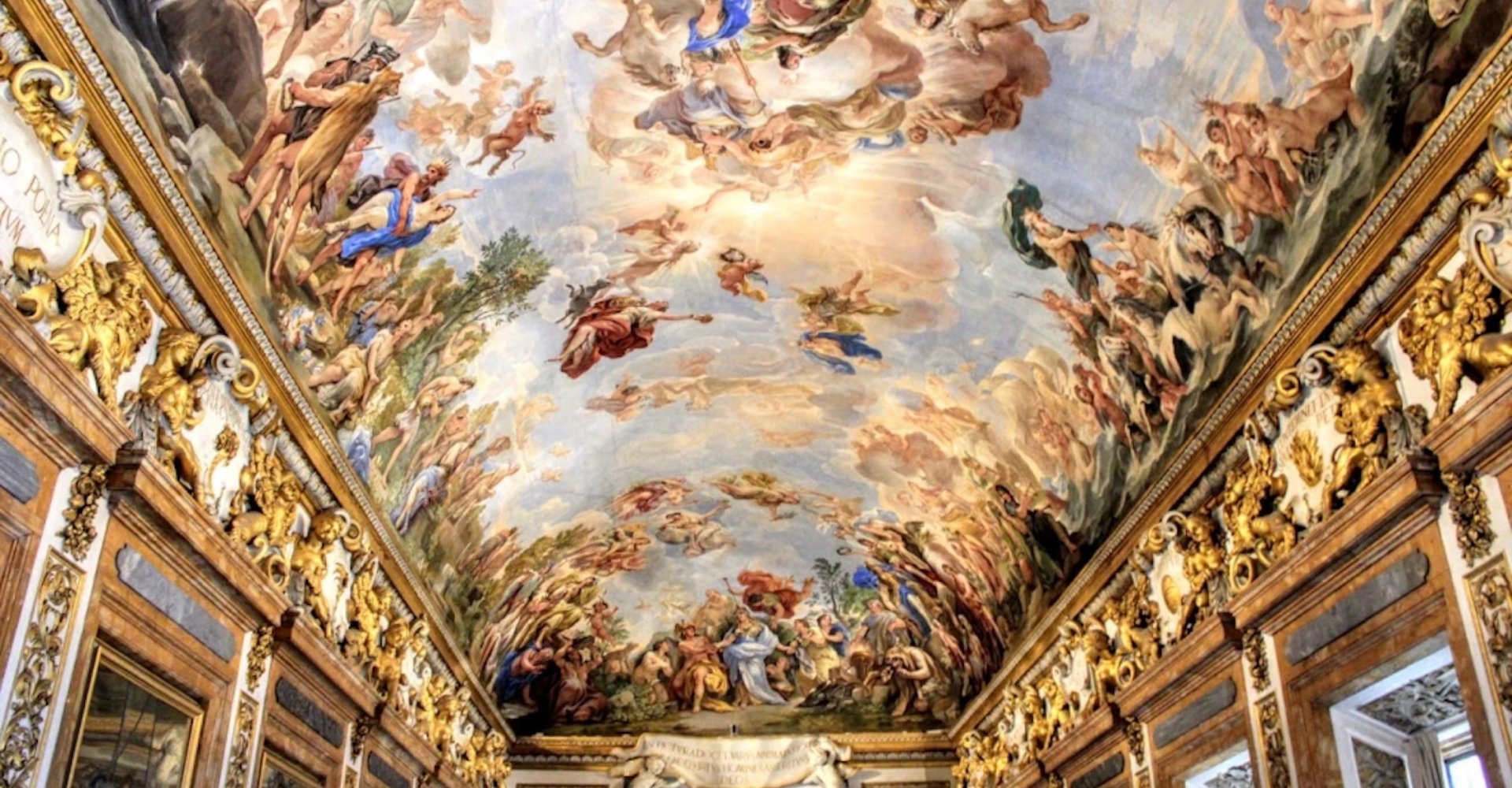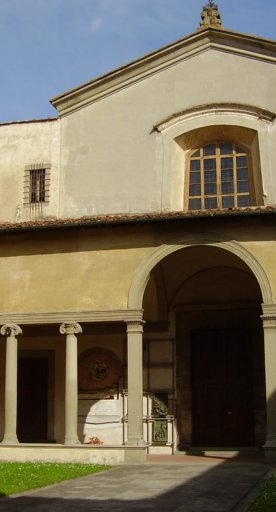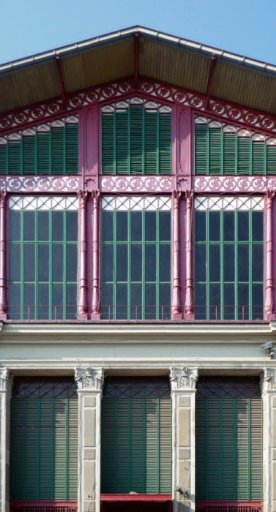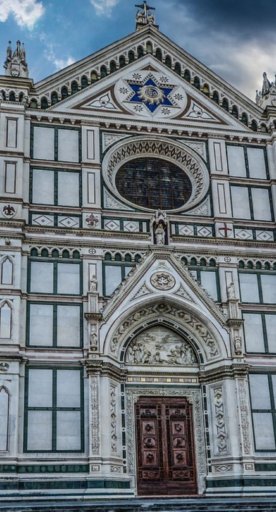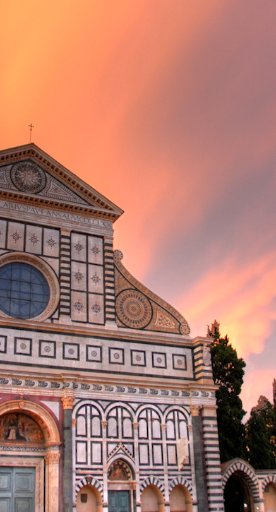Palazzo Medici Riccardi
Wanted in the center of Florence by Cosimo the Elder, it is an admirable example of Renaissance architecture
Palazzo Medici Riccardi, the first palace of clear Renaissance style in Florence, was commissioned around 1444 to architect Michelozzo by Cosimo the Elder, patriarch of the Medici family, who wanted it on Via Larga (today’s Via Cavour), near the Church of San Lorenzo.
Crowned by a sturdy cornice, the building has a façade decorated with elegant biforas; from the two asymmetrical entrance doors you enter a courtyard built according to Brunelleschi modules and from here there is access to a typical Italian garden.
The construction was completed in 1460 (Lorenzo the Magnificent, among others, lived there), but already in 1517 the first changes to the original structure took place with the closing of the loggia and the construction of two “kneeling” windows designed by Michelangelo.
After Cosimo de' Medici, who had become grand duke, moved to Palazzo Vecchio in 1540, the palace was still inhabited until 1659 by minor members of the family, until Ferdinand II sold it to the marquises Riccardi, who made substantial alterations and enlargements. Inside, the great hall was built, later frescoed by Luca Giordano; the new entrance staircase, on the other hand, is the work of architect Foggini.
The Gallery of Mirrors
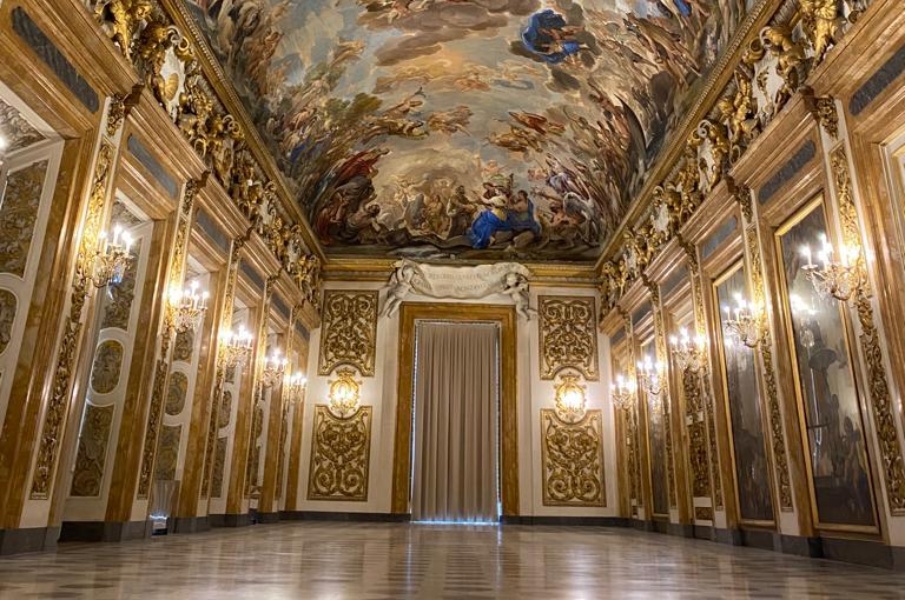
The frescoed salon, known as the Gallery of Mirrors, is one of the most significant examples of the Baroque in Florence.
The architect Pier Maria Baldi initially supervised the work, later replaced by Giovan Battista Foggini. The decoration by Luca Giordano began in 1682 and was completed in 1685: the mythological scenes are accompanied by the four cardinal Virtues placed at the corners, while a tribute to the Medici family, a sign of gratitude from the Riccardi family, stands in the center.
Adding magnificence to this room, site of lavish parties and important receptions, are also the stuccoes, decorations and the four marvelous mirrors painted by Bartolomeo Bimbi, Pandolfo Reschi and Anton Domenico Gabbiani.
The Chapel of the Magi
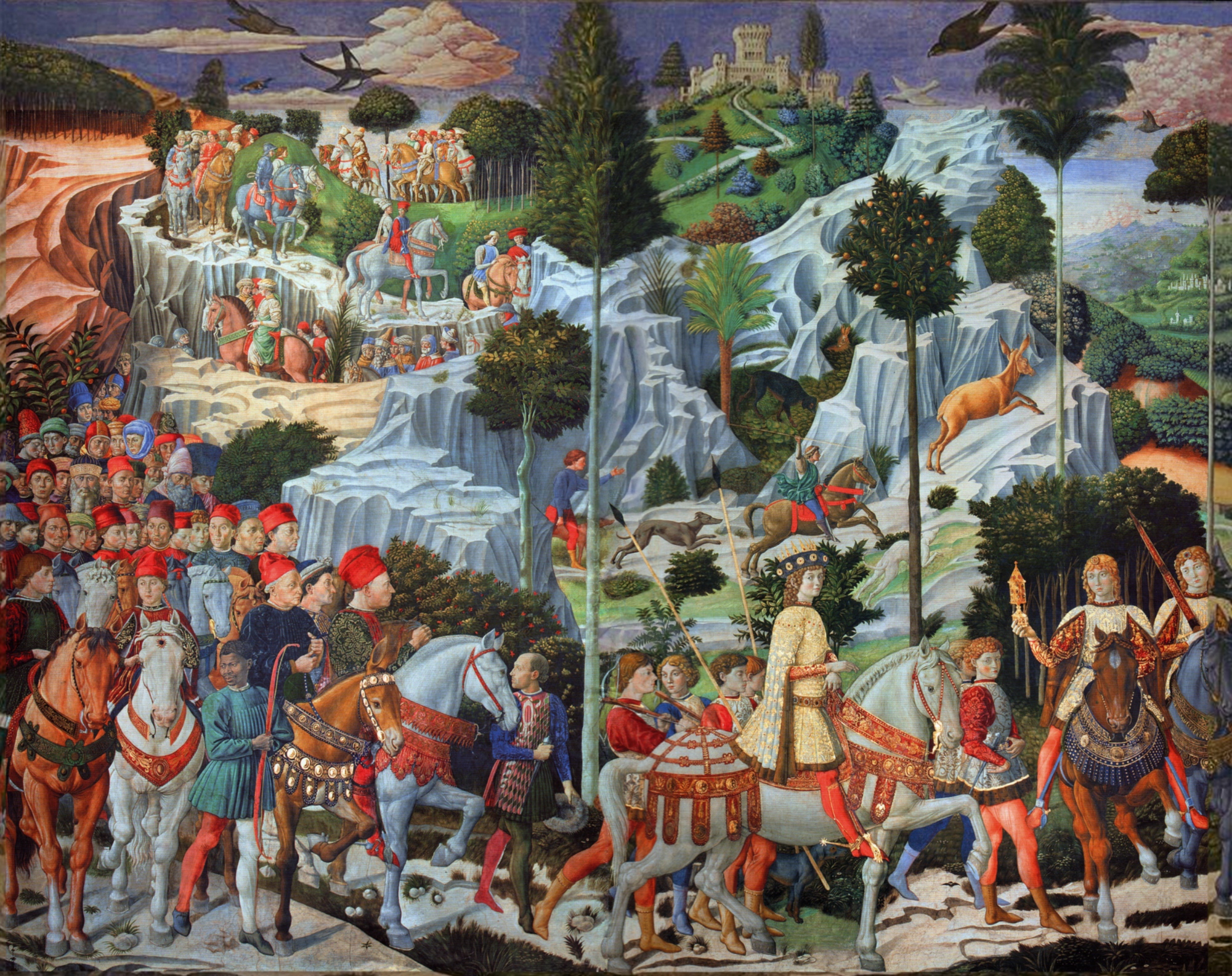
Visiting the Museum inside the Palace, you can admire the family’s private chapel, known as the Chapel of the Magi because of the presence of the masterpiece by Benozzo Gozzoli (1459), who frescoed its walls depicting the Cavalcade of the Magi. The decoration actually alluded explicitly to the procession that took place in Florence in 1439 on the occasion of the Council; in the characters painted by Benozzo, in fact, many protagonists of the time are easily recognizable, including, of course, members of the Medici family.
Filippo Lippi's Nativity placed on the altar is a copy; the original is kept in Berlin.
The “Madonna with Child” by Filippo Lippi
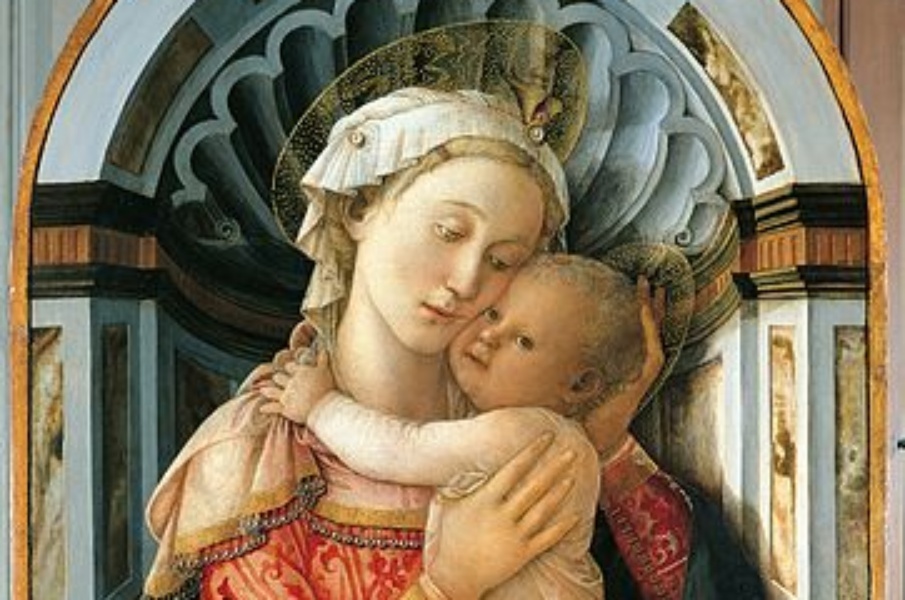
Among the most famous works preserved in the Palace is Filippo Lippi’s Madonna and Child (circa 1466-1469), displayed in the Room of the Triumph of the Guilds on the first floor. It is believed that the work was originally in the Palace before being moved to the Castelpulci Villa owned by the Riccardi family. The painting, which takes up a typical Florentine Renaissance composition, has a preparatory drawing of a male head on the back.
The other museum spaces
Also open to the public are the Marble Museum, with busts and ancient sculptures that are part of the Riccardi family’s collection, and the Gallery on the ground floor, enriched by sculptures, stuccoes and decorations.
In the underground area of the Palazzo Medici Riccardi, subject of a thorough excavation campaign, a portion of the original bed of the Mugnone stream (a tributary of the Arno River) is visible, as well as the remains of a late antique burial ground, onto which are grafted portions of masonry, floors, wells, stairs and cisterns testifying to the different functions this space assumed over time: stables, cellars, service places with 19th-century ovens and radiator pipes.
Since the end of 2023, the museum itinerary has been expanded to include some rooms on the first floor, including the Charles VIII Hall and the Piano Room.
The Hall, built around 1951, was the Medici state room, later enlarged and enriched to assume its present appearance. The name recalls how negotiations between Charles VIII of Valois, King of France, and Senator of the Republic Pier Capponi took place here.
The Piano Room was the main room of the Medici apartments.
Information on accessibility: palazzomediciriccardi.it
